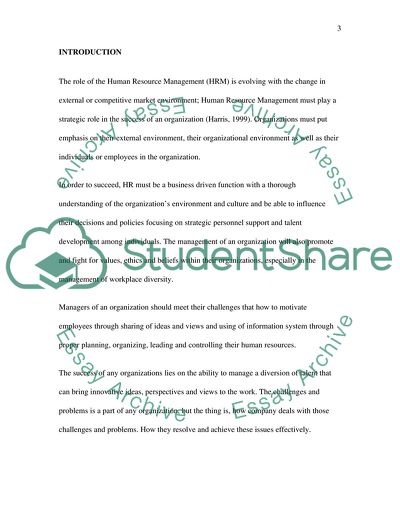Cite this document
(Challenges in Strategic Human Resource Management Assignment, n.d.)
Challenges in Strategic Human Resource Management Assignment. Retrieved from https://studentshare.org/human-resources/1724326-in-your-opinion-which-of-the-environmental-organizational-and-individual
Challenges in Strategic Human Resource Management Assignment. Retrieved from https://studentshare.org/human-resources/1724326-in-your-opinion-which-of-the-environmental-organizational-and-individual
(Challenges in Strategic Human Resource Management Assignment)
Challenges in Strategic Human Resource Management Assignment. https://studentshare.org/human-resources/1724326-in-your-opinion-which-of-the-environmental-organizational-and-individual.
Challenges in Strategic Human Resource Management Assignment. https://studentshare.org/human-resources/1724326-in-your-opinion-which-of-the-environmental-organizational-and-individual.
“Challenges in Strategic Human Resource Management Assignment”, n.d. https://studentshare.org/human-resources/1724326-in-your-opinion-which-of-the-environmental-organizational-and-individual.


